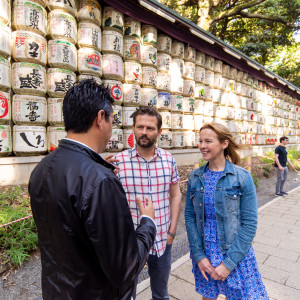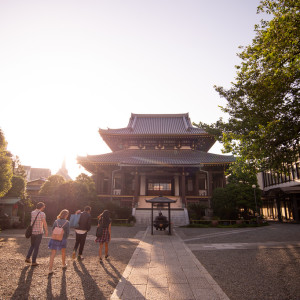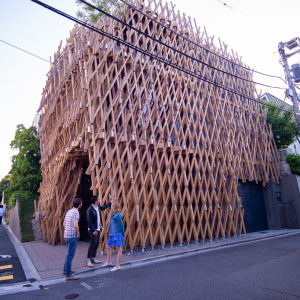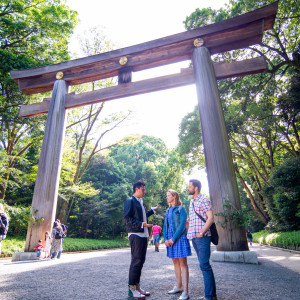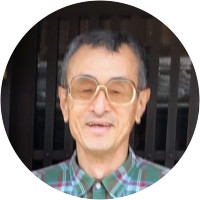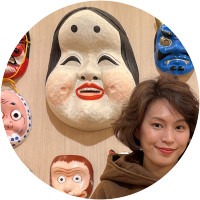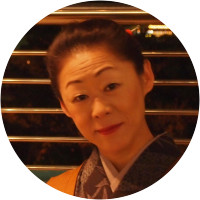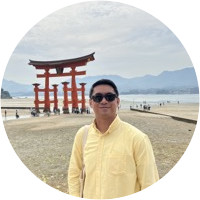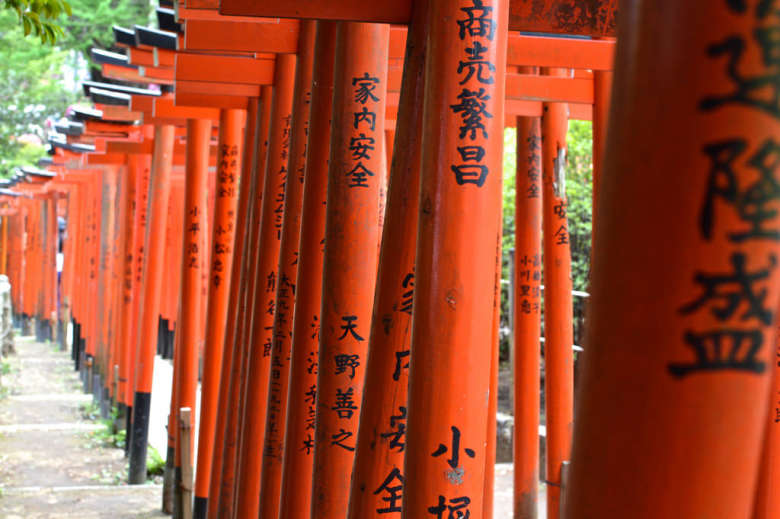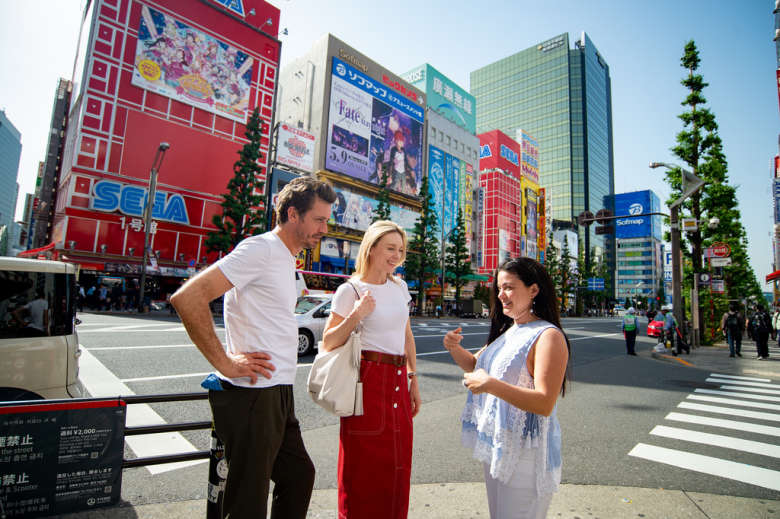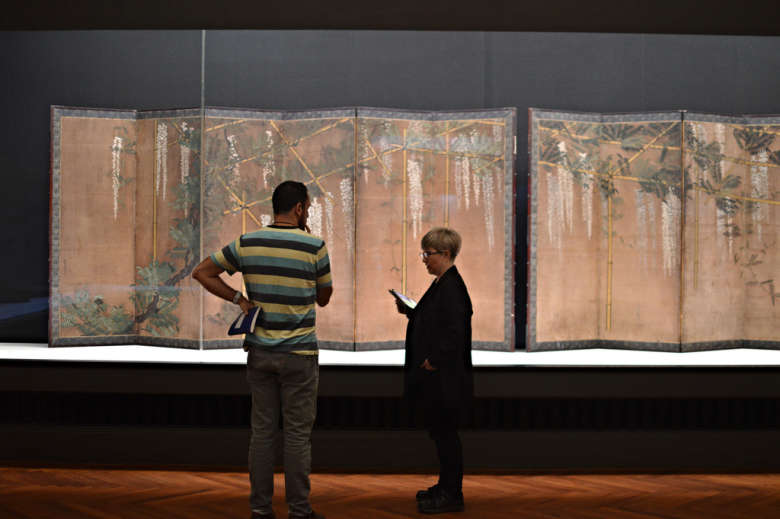Tour Details
Duration
3 hours
Product Type
Tour
Venues
- Meji Jingu Shrine
- Harajuku
- Omotesando
Select a date
Tour Description
This three-hour tour is designed to provide a perfect introduction to Tokyo for first-timers or to reorient returning travelers to the aesthetics of the Japanese capital. Join a local architect or design writer to explore the districts of Harajuku and Omotesando, looking not only at buildings and architectural design but also at the underlying aesthetic principles that inform Japanese design. Through our examination, we'll develop a more nuanced appreciation of Japanese art, architecture, and culture as a whole.
Meiji Jingu presents an ideal starting point for our tour of Tokyo, both for the time period it represents and as an example of traditional Japanese design. At this Shinto shrine, dedicated to 19th-century ruler Emperor Meiji, we’ll discuss how traditional aesthetics are the foundation for the modern and contemporary design that followed. (For a more detailed look at the Meiji, take a look at our Tokyo National Museum Tour).
Next, we’ll travel to Harajuku and Omotesando, two closely situated areas that represent quite different manifestations of what modernity in Japan means. Our time in Harajuku will allow us to delve into some of the colorful subcultures that Tokyo is known for and to see how one’s exterior reflects principles tied to hobbies, values, and social roles. (We provide a deeper look at Anime and Manga, which will no doubt be on display in Harajuku, on our Otaku Culture Tour). Afterwards, we’ll move through Omotesando, an architectural feast for the eyes, where the main luxury merchants, from Prada to Dior, have used architecture as an extension of their brands’ aesthetic principles.
Depending on the time and our interests we may finish at Kengo Kuma's Nezu Museum, the 21 21 Design Site, Nogizaka’s National Art Center of Tokyo, or even Roppongi Hills, an integrated urban development. By the end of our architecture walking tour of Tokyo, we’ll understand how a distinct design sensibility, aesthetics, and style are displayed across the city, reflecting Japanese history and a unique understanding of what constitutes good design.
Meiji Jingu presents an ideal starting point for our tour of Tokyo, both for the time period it represents and as an example of traditional Japanese design. At this Shinto shrine, dedicated to 19th-century ruler Emperor Meiji, we’ll discuss how traditional aesthetics are the foundation for the modern and contemporary design that followed. (For a more detailed look at the Meiji, take a look at our Tokyo National Museum Tour).
Next, we’ll travel to Harajuku and Omotesando, two closely situated areas that represent quite different manifestations of what modernity in Japan means. Our time in Harajuku will allow us to delve into some of the colorful subcultures that Tokyo is known for and to see how one’s exterior reflects principles tied to hobbies, values, and social roles. (We provide a deeper look at Anime and Manga, which will no doubt be on display in Harajuku, on our Otaku Culture Tour). Afterwards, we’ll move through Omotesando, an architectural feast for the eyes, where the main luxury merchants, from Prada to Dior, have used architecture as an extension of their brands’ aesthetic principles.
Depending on the time and our interests we may finish at Kengo Kuma's Nezu Museum, the 21 21 Design Site, Nogizaka’s National Art Center of Tokyo, or even Roppongi Hills, an integrated urban development. By the end of our architecture walking tour of Tokyo, we’ll understand how a distinct design sensibility, aesthetics, and style are displayed across the city, reflecting Japanese history and a unique understanding of what constitutes good design.
FAQ
What is a private tour?
Our private tours are limited exclusively to travelers in your party. They are designed to provide a learning experience that is completely tailored to you and your traveling companions. Private tours give you more flexibility with scheduling (you decide when the walk best fits in your trip), the ability to tailor your itinerary (we'll work to match the itinerary to the interests and dynamics of your group), and more personalized time with your guide.
Where do we meet? Where does it end?
Generally speaking, the walk begins in the Harajuku neighborhood. Your confirmation email will have the exact meeting point details along with a map. The walk might end at 21_21 Design Museum, or if the group covers a fast pace, Roppongi Hills.
What if it’s raining?
Tours operate rain or shine, but in the case of inclement weather, your guide will modify the tour so more time is spent indoors. It never hurts to have an umbrella on hand.
Is this a walking intensive tour?
This walk covers about 2.5 miles overall at a moderate pace. There are occasional opportunities to sit, use the bathroom, and get something to drink if needed.
Is it okay to tip my guide in Japan?
Context clients generally tip anywhere from 10-25% of the purchase price of a personal service such as this, depending on the quality of the experience and their tipping habits.
Experts
Where You'll Start
–
467 Reviews
Reviews can only be left by Context customers after they have completed a tour. For more information about our reviews, please see our FAQ.
Rafael was tremendous. The wealth, depth, and clarity of information was phenomenal. He made so many connections between architects, their architecture, and the urban fabric, all within the context of Japanese culture and history - my mind was frankly blown and I was decently familiar with the subject matter beforehand. I feel very fortunate to have been able to take advantage of this opportunity and would highly, highly recommend it to anyone with an interest in Japanese architecture, design, and the rich fabric of Tokyo in all its convoluted, strange, eclectic, and complex richness.
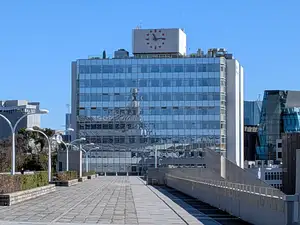
Adam
Reviewed on:
Dec 15, 2025
Incredibly knowledgeable, kind, and patient, Anna is all you could even want in a guide. While we may have only scratched the surface of Omotesando and Meiji-jingu, the experience of exploring these places was made so much richer thanks to Anne’s expertise.
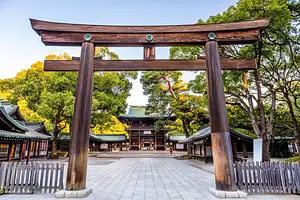
Henry
Reviewed on:
Dec 12, 2025
We had the most amazing aechitectural tour with Rafaek Balboa, he was not only extremely knowledgeable and passionate but also shared with us all his experience and wisdom of living in Japan. He gave us a whole lecture about culture and architecture right before starting our tour. He really helped us look through the eyes of experience living in Japan and a full immersion in its culture and history. Thank you Rafael for making this a very special day for us
Maria dolores
Reviewed on:
Dec 9, 2025

